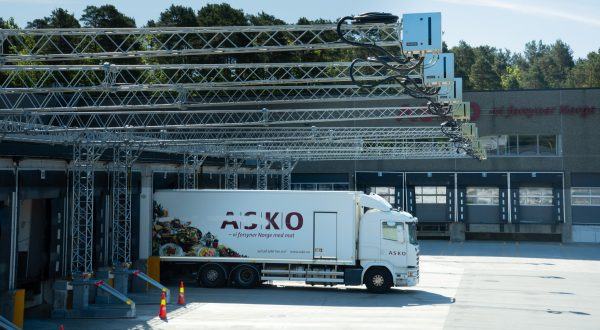Energy storage is a practical solution that helps manufacturers to manage their renewable energy generation, electricity consumption and quality of supply.
![]()
With the growth in renewable energies and given their intermittent nature, the electricity storage market will become increasingly important over the next few years. The manufacturing sector should take note, even though most manufacturers still consider electricity storage too costly.
Rising energy prices, exacerbated by the current international situation, along with the falling cost of storage technologies, could pave the way for new applications in manufacturing.
Take, for example, a manufacturer with a 10 MW photovoltaic installation. Rather than installing a connector rated for the maximum power of their solar farm, they opt for an 8 MW line. This option allows them to save on the cost of the line. But it will only be an efficient choice if part of the energy generated during the sunniest daylight hours can be stored in a battery for retrieval at peak demand times.
“To make the battery cost-effective, other mechanisms will be needed to derive value from the system”, says Edouard Roux, Strategy Director of Smart Grid Energy, a VINCI Energies business unit specialised in optimising energy generation assets and reducing electricity consumption.
Ways to optimise value
Different methods for optimising value act at different levels, for instance, on managing an industrial site’s contract power, i.e. the maximum power it can use. “If a production facility sees large variations in its electricity consumption, it may benefit from installing a battery to optimise management of these disparities and avoid having to pay penalties for exceeding its contract power”, explains Edouard Roux.
Making a battery cost-effective in a manufacturing context requires multiple ways of optimising value from the system.
A battery can also smooth out voltage dips, or ensure supply continuity in the event of a blackout. “Sensitive sites like hospitals, assembly lines or establishments using refrigeration equipment currently operate diesel-powered backup generators. These systems offer a large measure of autonomy and flexibility of supply, but they are polluting and not cost-effective. With a view to increasing their autonomy, batteries could eventually replace generators”.
Another way to make batteries cost-effective in a manufacturing environment is through reactive power management. This acts on the “non-useful” power that passes through the site without being consumed, part of which is lost to the network “The grid operator charges for this reactive power”, says Edouard Roux. “To avoid these losses, a manufacturer can install racks of condensers that reduce these exchanges of electricity. And the condensers can also be replaced with batteries”.
Streamlining processes
Naturally, to make batteries cost-effective means combining all these value-optimisation methods in an industrial setting. Added to which, batteries on a manufacturing site can provide services to the national power supply network.
“But that’s all highly complex to manage, and requires a high degree of sophistication in the manufacturing processes and from the algorithm that controls the batteries”, says the expert from Smart Grid Energy. This leader in optimising battery use, with 200 of the 300 MW installed in France under its management, has built solid, recognised expertise in this area.
If the cost of storage technologies continues to fall, this market could undergo rapid growth in the manufacturing sector, offering companies new tools for managing their energy costs.
13/10/2022





